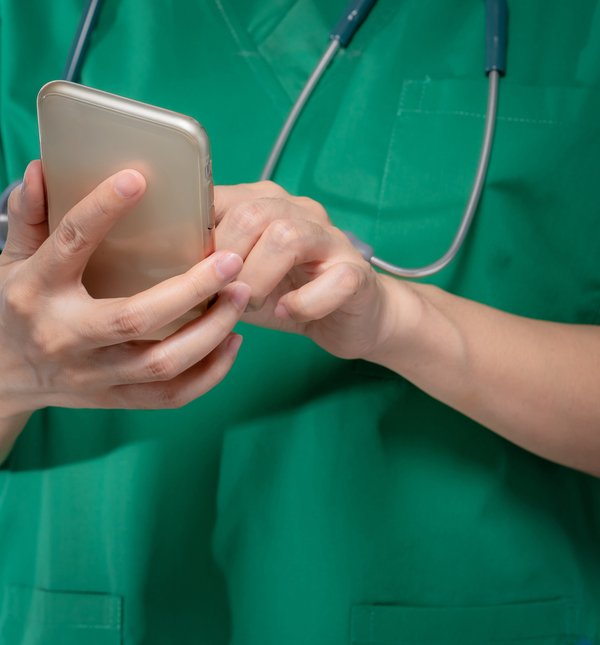From electronic medical records eliminating the unwieldy paper chart to telemedicine helping patients receive care while social distancing, technology has impacted healthcare in many positive ways. While meaningful use concentrated primarily on electronic health records, how has technology continued to shift the U.S. health paradigm?
Meaningful Use in Healthcare
A decade ago, the driving force in healthcare was a phrase called “meaningful use.” It was a politician’s phrase, really; Congress offered incentive payments to healthcare providers that upgraded from paper charting to the tablet-driven electronic health records (EHRs) we see today. The providers had to illustrate that they were using their new technology in a “meaningful way.” The goal of the latest digital technology initiative was to improve communication, patient safety, and healthcare outcomes.
In the ensuing years, we’ve seen new digital technologies emerge that improve healthcare outcomes but also focus on the patient experience. These tools include telehealth, IoT, and mobile health apps—to name just three of the hottest technologies impacting healthcare today.
We’ll start with a technology that has emerged as a quiet hero in the battle against COVID-19 – telehealth. Let’s look at how the virtual visit is becoming our new normal.
Telehealth and the Coronavirus
Telehealth is the use of electronic communications devices to provide patient care between two remote parties. It’s a virtual visit that can occur on a tablet, desktop, laptop, or mobile phone by using the internet to communicate and transmit pictures and other data between a physician and a patient that is anywhere; but not in the hospital ER or practice waiting room.
Telehealth technology has been around for decades, but Business Insider reports that only eight percent of the U.S. population leveraged these tools prior to the coronavirus. Now telehealth is suddenly the big technology news, and business leadership at companies that provide this service have been scrambling to keep up with demand. Telemedicine allows healthcare consumers to receive treatment from the comfort of their homes. It’s a pivotal way to keep social distancing, allowing doctors to triage patients to help keep them out of our overworked emergency departments.
One technology within the telehealth field is the Internet of Things (IoT) remote sensors. These devices allow clinicians to place a monitoring implement in the patient’s home that transmits health data to a remote hospital. IoT applications are critically important to monitor chronic health conditions such as diabetes or heart disease, and, like telehealth, these tools cut the costs of care while improving the patient experience and healthcare outcomes.
Mobile Health Apps
Mobile health, or mhealth apps are not technology news anymore; 80% of doctors leverage these tools today. Mhealth apps can be used for:
- Medical reference
- Drug interactions
- Diagnostics
- Chronic care management
- Fitness and weight-loss
- Diabetes management
- Mental health
 80% of doctors use mobile apps today to treat patients.
80% of doctors use mobile apps today to treat patients.
There are dozens of mobile healthcare apps on the market today and in use by clinicians and consumers. It’s not uncommon for medical providers to use their smartphone to review patient histories, which are integrated into a mobile app from their EHR. It’s just one example of how healthcare has benefited from the increasing use of new digital technologies in the healthcare space. While we cannot predict the next digital innovation in healthcare, we can say this: The future of healthcare is connected irrevocably to technology.
